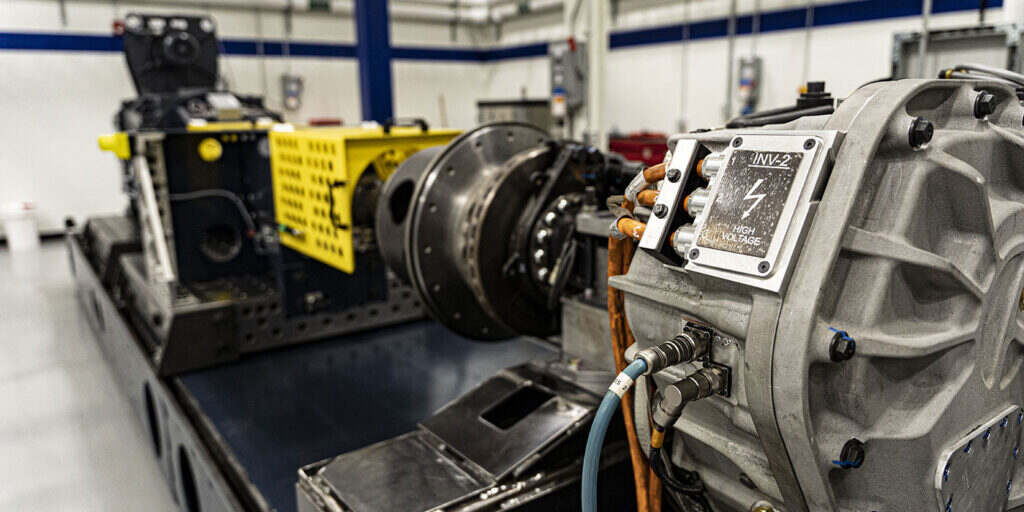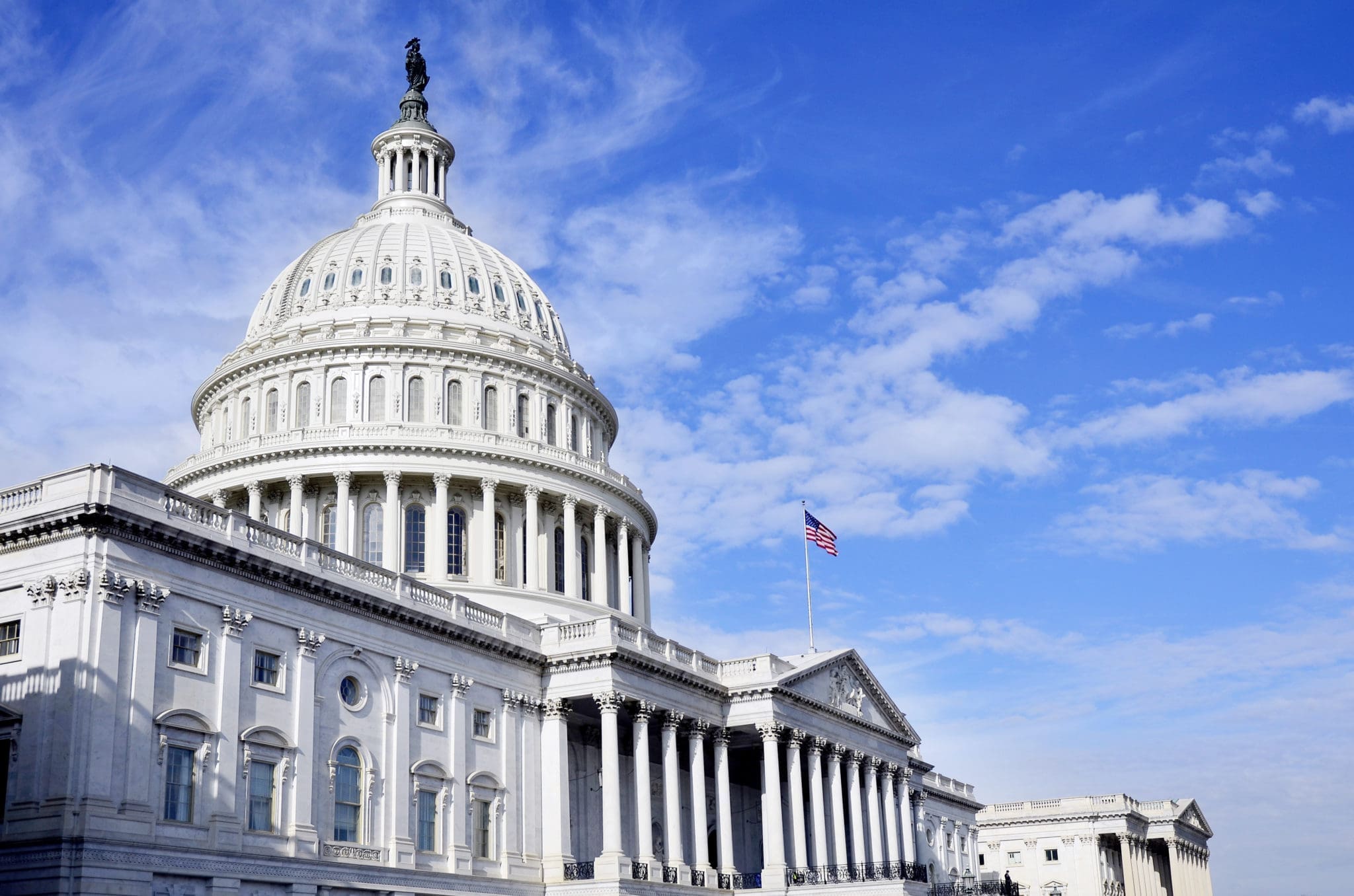
Volvo Group Cuts 800 U.S. Manufacturing Jobs as Tariffs and Freight Slump Hit Heavy-Duty Truck Market
In the shadow of the Lehigh Valley's rolling hills, the sprawling Mack Trucks facility has long stood as a symbol of American manufacturing resilience. But on a crisp spring morning, the mood among workers filing through its gates is decidedly somber.

"They're calling us in by department," said one employee. "Nobody knows exactly who stays and who goes, but we all know the numbers."
Those numbers represent a harsh reality: Volvo Group North America has announced plans to eliminate between 550 and 800 jobs across three U.S. manufacturing facilities over the next three months, with up to 350 cuts coming at this Pennsylvania plant alone. The layoffs mark what industry experts describe as "the canary in the Class-8 coal-mine" — an early warning sign of broader distress in the heavy-duty truck sector.
Class 8 trucks are the heaviest category of commercial trucks, often referred to as heavy-duty trucks. Their classification is based on the Gross Vehicle Weight Rating (GVWR), specifically designating vehicles with a GVWR exceeding 33,000 pounds.
Tariff Tsunami Hits American Manufacturing
The primary culprit behind these cuts isn't the typical cyclical downturn that occasionally ripples through the trucking industry. Instead, Volvo points directly to President Trump's expanded tariff regime, which has reintroduced a blanket 25% duty on steel and aluminum imports while adding a new 10% universal baseline tariff on most imported goods.
These policy shifts have sent shockwaves through manufacturing supply chains, raising Volvo's U.S. bill-of-materials by an estimated 180 basis points of sales — a significant hit to margins in an industry where single-digit profit percentages are often the norm.
Tariff‑driven cost impact on U.S. manufacturers
| Input (or scope) | Current tariff (Sect. 232, 2025) | Typical price lift | Key manufacturing effect |
|---|---|---|---|
| Steel | 25 % (reinstated/expanded) | ≈ +2–3 % in U.S. market | Dearer steel squeezes margins and jobs in metal‑using industries. |
| Aluminum | 25 % (raised from 10 %) | ≈ +1.5–4 % | Higher costs for auto, aerospace, construction, packaging. |
| Steel/Al derivatives (e.g., auto parts, blades) | New 25 % coverage | Adds tariff to finished parts | Imports of parts get pricier; downstream sectors face extra cost. |
| U.S. manufacturing overall | Combined 25 % input tariffs | Broader input‑cost uptick | Gains for primary producers may be outweighed by wider job & price pressure on consuming firms. |
"We regret having to take this action, but we need to align production with reduced demand for our vehicles," a Volvo spokesperson stated, linking the decision to market instability and increased costs stemming from the tariff environment.
The fallout extends beyond Macungie. In Hagerstown, Maryland, 50 to 100 positions will be eliminated by May 2, following 43 layoffs already implemented earlier this year. The company's Dublin, Virginia facility will also see workforce reductions, though specific numbers have not been disclosed.
Local Communities Brace for Ripple Effects
Pennsylvania State Representative Josh Siegel didn't mince words when describing the impact on his constituents: "This is a devastating blow to local families who depend on these jobs."
His concern appears well-founded. Economic analyses suggest that for communities like Lehigh Valley, New River Valley, and Hagerstown, the true employment impact could be significantly magnified. For every manufacturing job lost, approximately 1.6 additional positions disappear in the surrounding economy — meaning these cuts could ultimately affect around 1,300 total jobs across all three regions.
The timing couldn't be worse, with regional Purchasing Managers' Indices (PMIs) already turning negative, indicating contracting economic activity even before accounting for these layoffs.
The Perfect Storm: Tariffs Meet Softening Demand
While tariffs have grabbed headlines, they represent just one element of a troubling confluence of factors facing the heavy-duty truck sector.
March Class-8 truck orders fell 23% year-over-year to approximately 15,000 units — well below replacement levels, according to data from ACT Research. This softening demand stems from multiple pressures: uncertainty about freight rates, anticipated regulatory changes, ongoing supply chain challenges, and now, tariff-induced cost increases.
Monthly US Class-8 truck orders, showing recent year-over-year decline.
| Month (2025) | Preliminary Orders | YoY Change (%) (vs 2024) | Data Source |
|---|---|---|---|
| March | 16,000 | -8.3 | ACT Research |
| February | 17,000 | -38 | FTR |
| February | 18,300 | -34 | ACT Research |
| January | 24,000 | -15 | FTR |
"What we're seeing is manufacturing cost inflation colliding with a natural softening in the freight cycle," explained an industry analyst specializing in transportation equipment markets. "The tariffs aren't causing the cycle, but they're certainly making it more painful and potentially more protracted."
Wall Street's Calculated Response
For investors, Volvo's workforce reduction represents a critical defensive move in a challenging environment. The estimated annual savings of approximately €55 million ($59 million) from these cuts could help protect profit margins — a crucial consideration when every 50 basis point swing in EBIT (earnings before interest and taxes) impacts Volvo AB's equity valuation by approximately 18 Swedish kronor per B-share on a discounted cash flow basis.
Table: Volvo Group (VOLV B) Stock Performance and Key Metrics (April 2025)
| Metric | Value |
|---|---|
| Current Price | SEK 251.40 |
| 1-Year Price Change | -10.3% to -13.9% |
| 52-Week High | SEK 344.40 |
| 52-Week Low | SEK 220.80 |
| 1-Year Relative Performance vs. Global Index | -11.6% |
| 3-Month Price Change | -12.7% |
| 1-Month Price Change | -19.5% |
| Dividend Yield | ~7.7% |
| P/E Ratio (TTM) | ~10 |
| Market Cap | SEK 491–511 billion |
| Analyst Target Price | SEK 325.01 (+34%) |
"This is classic counter-cyclical management," noted a European automotive sector strategist. "Cut early, cut deep, protect margins, and position for the eventual recovery. Shareholders tend to reward this type of decisive action, even if it comes with significant human costs."
Suppliers Feel the Squeeze
The pain doesn't stop at Volvo's factory gates. Major suppliers like Cummins, Allison Transmission, and Meritor now face a sudden 3-5% revenue shortfall in the third quarter — a significant hit that comes after Cummins already reported a 9% decline in backlog during its last quarterly earnings call.

"Expect another guide-down," warned a supply chain analyst tracking the sector. "When OEMs [original equipment manufacturers] catch a cold, suppliers risk pneumonia — especially those with high fixed costs and limited customer diversification."
The situation creates a troubling scenario for suppliers with weaker balance sheets. Credit analysts are already scrutinizing debt levels among BB-rated component manufacturers, with some predicting that extended margin pressure could drive a wave of consolidation in the sector over the next 12-24 months.
Fleet Buyers Play the Waiting Game
Paradoxically, some commercial fleet operators see a silver lining in the current situation. With production capacity coming offline and order intake slowing, the relentless inflation in new truck prices — already up 32% compared to 2019 levels — may finally moderate.
Table: U.S. Producer Price Index (PPI) for New Heavy-Duty Trucks, 2019–2025
| Year | Heavy-Duty Truck PPI* | Annual Change (%) |
|---|---|---|
| 2019 | 150.9 | — |
| 2020 | 153 | +1.4% |
| 2021 | 162 | +5.9% |
| 2022 | 179 | +10.5% |
| 2023 | 186 | +3.9% |
| 2024 | 185 | -0.5% |
- PPI uses 2003 as the base year (2003 = 100).
However, with material costs remaining elevated due to tariffs, fleet managers appear to be extending their equipment replacement cycles by approximately six months. This strategy supports the booming used-truck auction market, benefiting companies like Ritchie Bros. that specialize in equipment remarketing.

"Smart fleets are playing a delicate balancing act," observed a transportation economist. "They're weighing maintenance costs against historically high acquisition prices while trying to time their purchases to avoid the worst of the tariff impact. It's forcing some very sophisticated financial modeling in an industry not typically known for it."
Policy Implications and Political Heat
The layoffs inject fresh urgency into the debate over trade policy effectiveness. With U.S. manufacturing employment now showing signs of stress despite tariff protection, pressure is mounting for targeted relief.
Some policy analysts predict a 30% chance of at least a partial tariff rollback by the fourth quarter of 2025 if U.S. manufacturing activity — as measured by the PMI — remains below the expansion threshold of 50 for three consecutive months.
The Purchasing Managers' Index (PMI) is a key economic indicator derived from monthly surveys of purchasing managers, primarily in the manufacturing sector (like the well-known ISM index). It gauges the economic health of that sector and provides insights into the overall business cycle by indicating expansion or contraction.
The situation creates a complex political calculus for the administration, which must balance its stated goal of protecting American manufacturing jobs against the reality that tariffs designed to help domestic producers are contributing to job losses at major employers like Volvo.

The Investment Playbook
For investors navigating this turbulent landscape, analysts suggest several strategic approaches:
A "long Volvo AB, short Cummins" pairs trade could capture the benefit of cost-cutting at the OEM level while accounting for margin pressure among suppliers. Market strategists targeting this approach suggest a potential 700 basis point spread opportunity over a nine-month horizon.
Options on Ritchie Bros. could provide exposure to the expected surge in used equipment auctions, as historically, the volume of off-lease tractors spikes whenever OEMs cut production.
Materials traders are eyeing opportunities to sell June 2025 hot-rolled coil steel futures on the thesis that recession concerns will eventually cool construction demand, even as tariffs provide a floor for prices.
For venture investors, the situation creates openings in the battery recycling space, as tariffs combined with EPA regulations increasingly make fleet total cost of ownership dependent on battery salvage value.
An Industry at a Crossroads
As Volvo's workforce reductions begin taking effect, the heavy-duty truck industry finds itself at a pivotal juncture. Beyond the immediate tariff and demand challenges, manufacturers must simultaneously navigate the costly transition toward zero-emission vehicles — a shift that requires substantial capital investment precisely when margins are under pressure.
"These layoffs aren't merely housekeeping measures," emphasized a veteran industry consultant. "They represent the first explicit acknowledgment that the combination of tariffs and a stalling freight cycle is testing the industry's cost elasticity to its limits."
For Volvo and its competitors, the current strategy focuses on margin protection through careful capacity management. Industry analysts expect PACCAR and other major manufacturers to implement similar production adjustments in the coming months, creating what one expert describes as "coordinated North American output cuts" that could stabilize pricing but reduce parts and service revenue.
The truck manufacturing cycle appears headed for a trough around mid-2026, according to consensus forecasts, with cash-rich OEMs like Volvo better positioned to weather the storm than their smaller, more leveraged suppliers.
In the meantime, the workers in Macungie, Hagerstown, and Dublin face an uncertain future — collateral damage in a complex economic equation balancing trade policy, industrial cycles, and technological transition.
"We've survived downturns before," reflected a long-time Mack Trucks employee outside the Pennsylvania facility. "But this one feels different. It's not just about waiting for freight to pick up again. The whole industry is changing under our feet."
